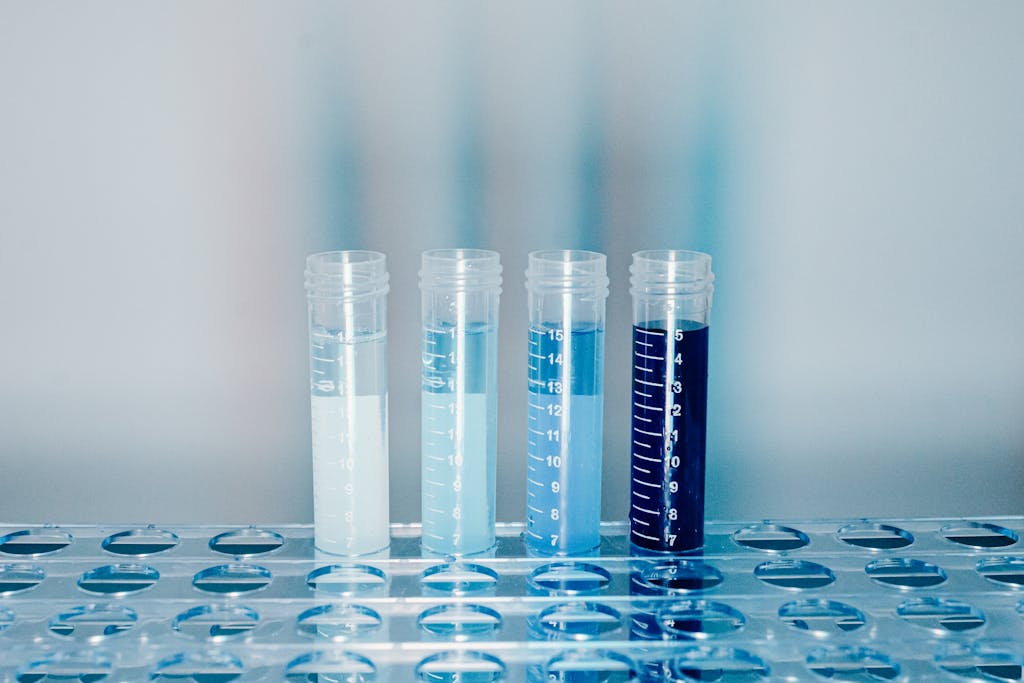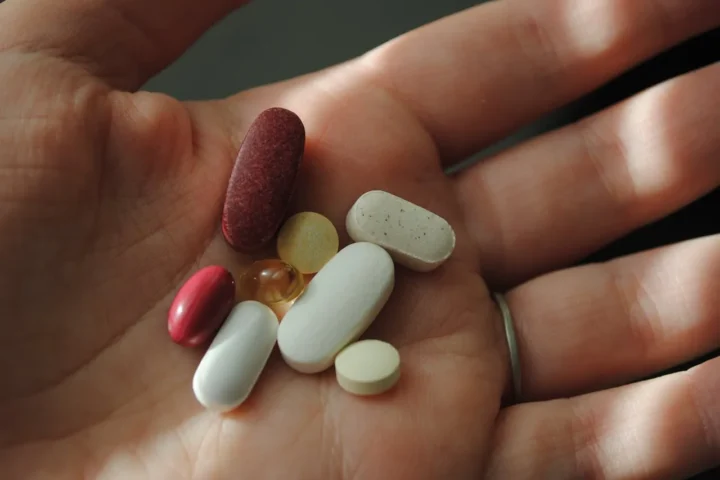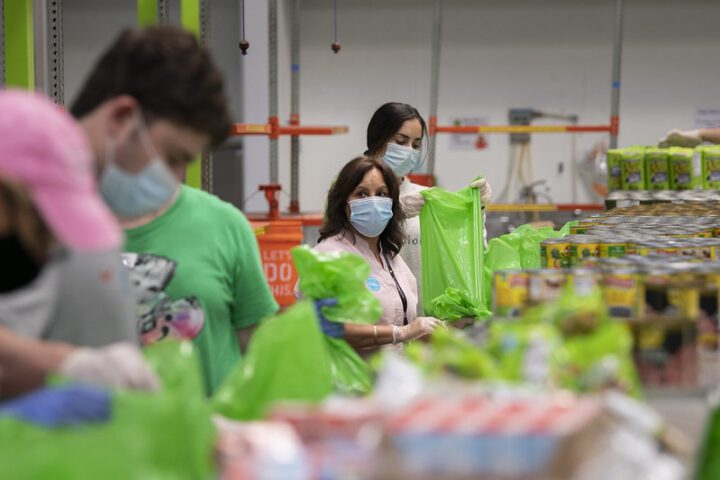A new study has revealed that children with autism and ADHD have more difficulty eliminating a common plastic chemical from their bodies, potentially increasing their exposure to this widespread pollutant.
Research led by Dr. T. Peter Stein from Rowan-Virtua School of Osteopathic Medicine found that children with autism spectrum disorder (ASD) and attention-deficit/hyperactivity disorder (ADHD) are less efficient at removing bisphenol A (BPA) from their systems compared to children without these conditions.
“This is the first hard biochemical evidence linking impaired BPA clearance to neurodevelopmental disorders,” noted Dr. Stein, whose team measured how effectively children could process and eliminate BPA through urine.
The study, published in the journal PLOS ONE, examined approximately 150 children recruited from clinics at Rutgers-NJ Medical School. Researchers measured a liver process called glucuronidation, which adds a sugar molecule to BPA so it can be eliminated from the body.
Results showed that children with autism had about 11% lower BPA detoxification efficiency compared to children without either condition. Children with ADHD performed even worse, with a 17% reduction in their ability to clear BPA.
This reduced ability means BPA stays in their bodies longer, potentially causing more harm during critical periods of brain development.
BPA is found in countless everyday items including food can linings, some plastic containers, thermal paper receipts, water pipes, and certain dental sealants. It enters our bodies primarily through food and drink, especially when plastic containers are heated or hold acidic or fatty foods.
The chemical acts as an endocrine disruptor, which means it can interfere with the body’s natural hormones. A study from the University of Melbourne found that higher BPA levels in pregnant mothers were linked to a significantly increased risk of autism in their sons – up to 3.5 times more likely to show autism symptoms by age 2 and 6 times more likely to receive a diagnosis by age 11.
The Melbourne researchers suggested BPA may interfere with an enzyme called aromatase, which is crucial for converting testosterone to neuroestrogen in the developing male brain.
“We are exposed because BPA leaches from containers and other products into the food we eat, the water we drink, and the dust we inadvertently ingest or inhale. We are further exposed through skin absorption,” explained Rebecca Fuoco, director of science communications for the Green Science Policy Institute, who was not involved in the study.
Dr. Stein’s team found that out of twelve detoxification pathways tested, only BPA and DEHP (a phthalate often found in plastics) showed significant differences between the groups. This suggests children with ASD and ADHD have a specific vulnerability rather than a general weakness in all detoxification processes.
Similar Posts
While this research doesn’t claim BPA causes autism or ADHD, it does reveal a biological mechanism that could explain why these children might be more vulnerable to its effects.
The researchers were particularly surprised to find the same compromised detoxification ability in children with ADHD. “We had hypothesized that the BPA effect was unique to autism, so ADHD served as a second control group,” Dr. Stein said.
Many products now advertise themselves as “BPA-free,” but experts caution that manufacturers often substitute BPA with similar chemicals like bisphenol S (BPS) and bisphenol F (BPF). These alternatives are less studied but appear to have similar hormone-disrupting effects.
Fuoco recommends practical steps to reduce exposure: “It’s best to opt for glass, porcelain, or stainless steel containers and tableware, particularly for hot food or liquids. People should also avoid microwaving plastics and handling cash register receipts.”
Other suggestions include choosing fresh foods over canned products, checking recycling codes (avoiding plastics marked with codes 3 or 7 which may contain BPA), and washing hands before eating to reduce exposure to various chemicals of concern.
Several countries have already implemented restrictions on BPA in children’s products, and some regulatory bodies are reviewing current safety thresholds.
Dr. Stein and his team plan to continue this research by examining whether compromised glucuronidation of BPA is inherited from mothers to children with autism, which could further explain the connection between plastic additives and neurodevelopmental disorders.
As research advances, these findings highlight the importance of understanding how environmental factors may contribute to conditions like autism and ADHD, offering new perspectives on prevention and management strategies.



















